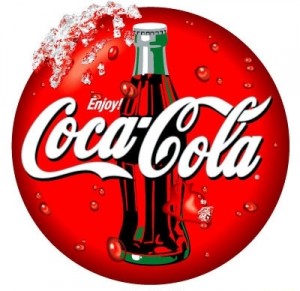 A report by The Futures Company called “The future of global brands” caught my eye recently. It recasts the history of global brand building as four “generations”: from the basic “Export model” to today’s prent “Glocalization model.” It then identifies what it claims is an emerging fifth generation: the “Co-creation model.” This is an extension of the glocalization model into explicit collaboration on equal terms between brand owners and host markets. Through this system, “the very concept of a brand arises bottom-up across several local situations at once.” dENiZEN jeans by Levi’s in China is given as an example. In a nutshell, the new model is about local co-creation rather than local customization.
A report by The Futures Company called “The future of global brands” caught my eye recently. It recasts the history of global brand building as four “generations”: from the basic “Export model” to today’s prent “Glocalization model.” It then identifies what it claims is an emerging fifth generation: the “Co-creation model.” This is an extension of the glocalization model into explicit collaboration on equal terms between brand owners and host markets. Through this system, “the very concept of a brand arises bottom-up across several local situations at once.” dENiZEN jeans by Levi’s in China is given as an example. In a nutshell, the new model is about local co-creation rather than local customization.
Time will tell the extent to which this is true; though brand owners on the global stage certainly face a changing landscape. The continuing value of brand-building is not questioned. According to a 2010 Credit Suisse Research Institute report on brand-focused companies, those that consistently spend at least 2% of sales revenue on brand marketing have significantly outperformed the S&P 500 since 1997.
So what are the implications of the evolving global brand marketplace?
The TFC report mentions two – one of which I absolutely agree with, and one with which I could not disagree more. On the plus side, there is this insightful gem: “As brands face forward they will find that meaning more than processes will be a critical element of success. Co-creation puts meaning in the forefront of engagement.” As a brand manager, agency partner, even researcher, how much of your “brand discussion” time is still spent on process rather than meaning?
Somewhat paradoxically (at least in light of the previous comment), the report then predicts “the decline of the iconic brand.” Yet iconic brands are the most meaningful brands out there. They are icons of meaning – fulfilling, par excellence, the fundamental roles of brand as mental shortcut (navigation) and brand as trust bank (reassurance). What makes a brand iconic is a subject worthy of a separate blog post, but these are brands that form connections with their users at a very human level – representing a set of ideals, having a distinct purpose, promoting self-expression and social affiliation (eg, brand communities), and reinforcing personal identity. And these human facets endure through time, whatever the socio-cultural or economic climate, and whatever the provenance of the underlying product(s). Coca-Cola came from the US; Havaianas came from Brazil. Iconic brands will continue to thrive and evolve. The interesting questions are how many of tomorrow’s iconic brands will come from the so-called BRIC markets, and how much more quickly will iconic brands develop in our ever-smaller world.
For today’s iconic brands, the challenge is how to remain iconic. And that comes down to meaning, not process.
